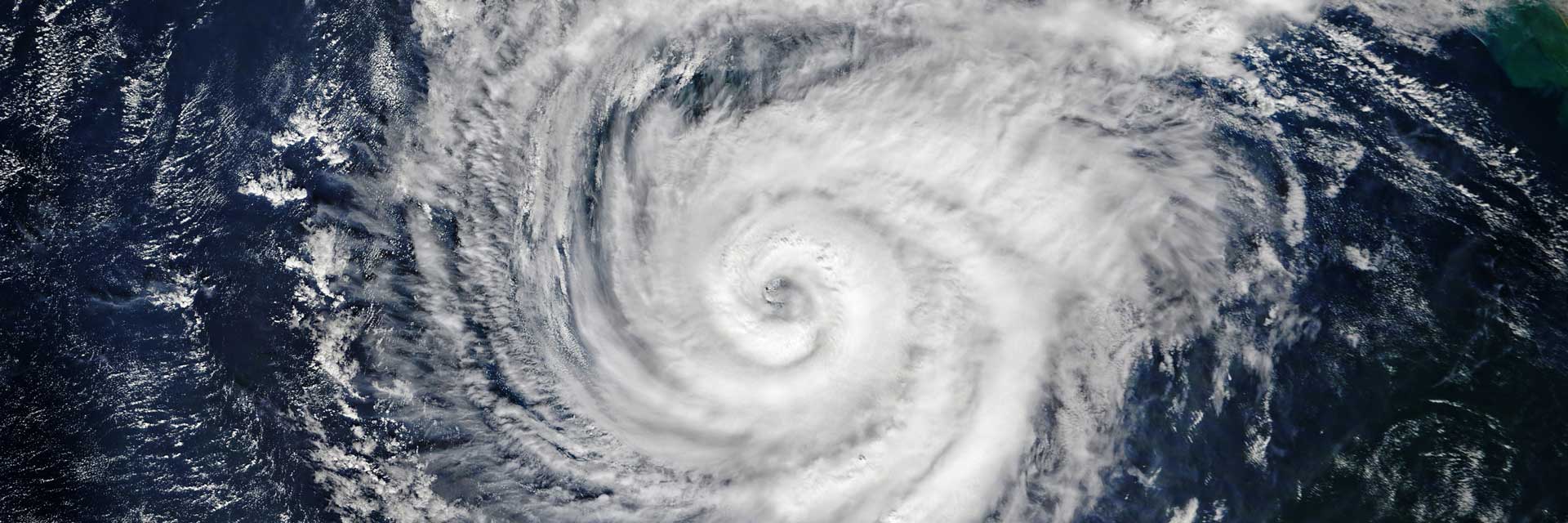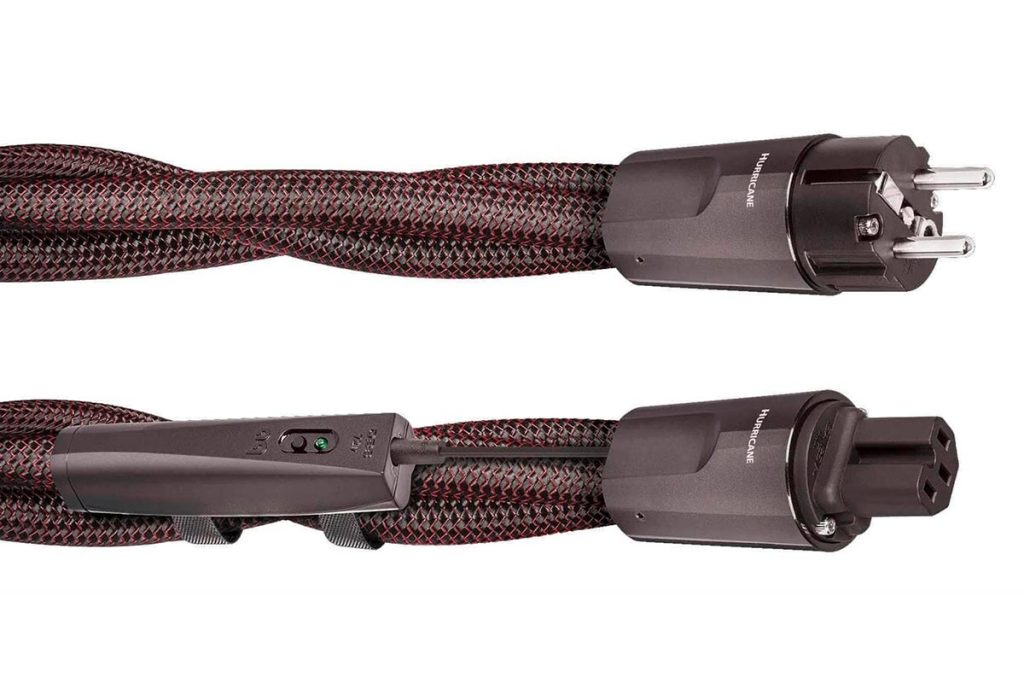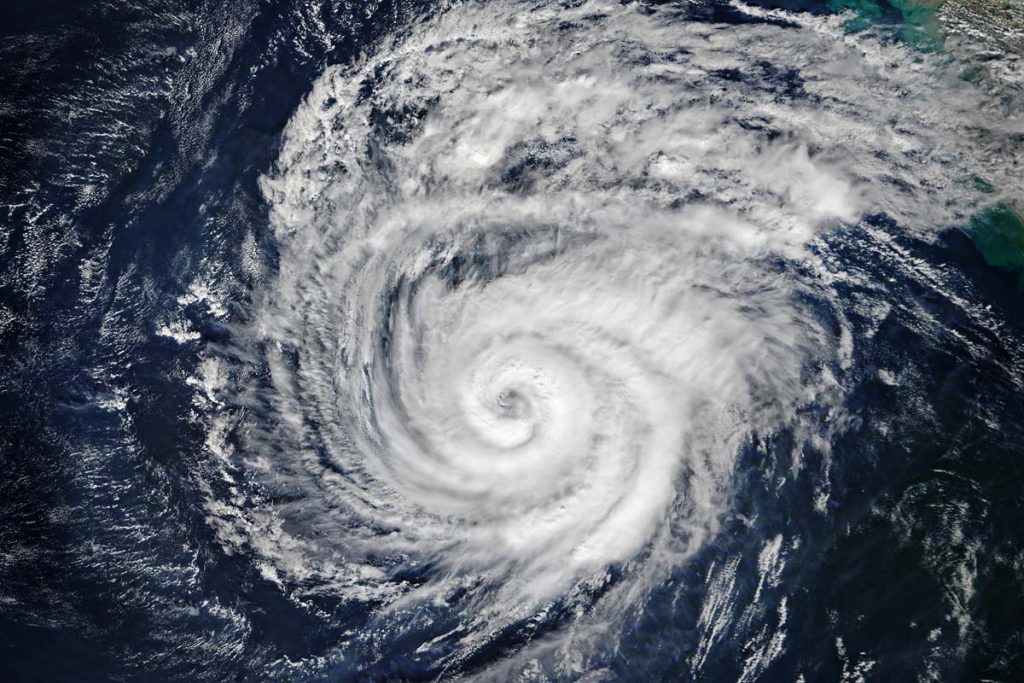When there’s a storm warning, every skipper knows what that means and prepares for severe turbulence. But it’s not only at sea that we occasionally experience stormy times – owners of high-quality hi-fi systems are no strangers to exciting experiences either …
The topic of power conditioning is the famous “never ending story” in our hobby. Only too often neglected (components are rather replaced), it is, consistently treated, basically the guarantor for a high-quality music reproduction. “The sound is hidden in the current” has become a guiding principle for me. It is almost impossible to keep track of the hardly manageable abundance of offers. Especially since the experiences with various power cords on different devices could fill books … The fact remains: AudioQuest has been an excellent contact for years, and its wide-ranging portfolio has something to offer in every price range. In the review case, we report on the AudioQuest Hurricane High-Current power cable – a cable from the manufacturer’s Storm Series. It is perfect for power amplifiers or as a feed line to power distributors.
Do not confuse the High-Current version with the Source/Constant-Current EU version from the manufacturer, which is also offered. These cables are not (!) suitable for use on more powerful components of a hi-fi system, but are intended for use on preamplifiers/DACs, etc.. This is just for information – it is significantly cheaper than the high-current version. And just so that no one gets any creative ideas …
Which brings us immediately to the topic. Let’s imagine a power amplifier (no matter if tube or semiconductor), which has to present all tones quasi from a standstill in fortissimo. The task of a power cable is to pass on these current peaks as accurately as possible, which inevitably brings us to the constructional peculiarities. We don’t want to and can’t report on the countless approaches of various manufacturers here – that would go beyond the scope of this article.
AudioQuest pursues its own philosophy with its Storm series, which is briefly summed up with: “The goal of this construction is to prevent any interfering influences that could come from the mains. To this end, the U.S. manufacturer uses (among other things) its patented 72 V DC Dielectric Bias System (DBS). What is hidden in the abbreviation “DC” is familiar to all hi-fi fans: “DC” stands for “direct current”, and we do not need this in our power grid. Nevertheless, it is available in many places and radiates merrily (via inverters) into the (AC) alternating current circuits of our HiFi devices. The keyword here is: PV system(s).
Let’s get to the construction. While many power cord manufacturers use stranded copper, AudioQuest consistently uses solid, single-wire, high-purity PSC (Perfect Surface Copper) copper conductors here, which (unlike stranded cables) prevent the transient intermodulation distortions that are always present on the power amplifier side. In addition, this type of copper conductor allows for uncompressed power transmission, regardless of the tip. In this power cord series from AudioQuest, the constructive design is immediately recognizable externally by the three thick and counter-twisted (and also directional) conductors. Another (enormously important) design/physical approach to any type of cable is impedance. It should be as low as possible. The characteristic impedance (or also: the impedance) exerts a considerable influence on the sound reproduction of a HiFi system. The following always applies: It is not the cables that “sound”, but the respective divergent design parameters that ensure the corresponding quality in music reproduction.
The manufacturer achieves a characteristic impedance of zero with the Hurricane High-Current. Thanks to the likewise patented Ground Noise Dissipation, sound-impairing distortions caused by grounding interference are diverted, and finally, the already above-mentioned, already externally recognizable (attached) DBS unit provides the special feature of this power cord. It applies a 72 volt DC voltage in the form of a stable dielectric field to the dielectric – read: the jacket – through the batteries used (hidden inside and commercially available). Important: This delicate DC voltage has no contact whatsoever with the current-carrying cables! The mode of operation of this protective device can be checked by pressing the small button on the elongated battery housing. If the small LED burns green, everything is OK. If not, a battery change is announced after approx. 10 years, which can be accomplished by everyone.
The sonic effects of using the AudioQuest Hurricane High-Current can be heard immediately from the first notes. Any use of this power cord in a high-quality stereo system immediately brings very finely differentiated and exceedingly tidy sounds to the ears. The most striking characteristic of the Hurricane is the inner peace during music playback; it makes for hours of relaxed listening. In the entire frequency range, the sound image with the AudioQuest Hurricane High-Current now appears finer, thereby deeper, very clean – basically like purified – and with an enormous resolution. As an example I listen to Diana Krall with her album The Girl In The Other Room. Here it is exactly this “inner peace” between the notes that catches my attention. Lightning clean and wide swinging sounds on the piano in connection with the slightly lascivious voice of the singer, the drums as well as the gnarly double bass suddenly cause enormous fun and a wide grin on the listener’s face – “There you go!”. Something sophisticated like a classical voice? But by all means – on the extraordinarily well-recorded CD Ciaconna by the ensemble Capella de la Torre (conducted by Katharina Bäuml, Deutsche Harmonia Mundi): Yes, I want to know, because here, in this combination of early music and free jazz, there are highly dynamic sounds that are presented in a very relaxing way. The lists could go on indefinitely at this point. No matter what kind of music I listen to, the experience is always enormously lasting – don’t say I didn’t warn you (… there it is again, that must-have effect …)!
Accompanying Equipment
CD-Player/Drive: Restek Epos | DAC: Wadia 27i | Turntable: Clearaudio Innovation with tonearm Universal and cartridge Dynavector Te Kaitora Rua | Preamplifier: Octave HP 300 SE incl. MC-phono | Power amplifer: MFE TA 845 | Loudspeakers: Blumenhofer Acoustics Genuin FS1 Mk III | Interconnects: HMS Suprema XLR | Speaker cables: HMS Suprema | Mains supply: GigaWatt G-C20A overcurrent protection switch, integrated MFE mains cabling, HMS dual outlet, mains filter MFE DF1+ feeding into in-akustik AC3 500p | Mains cords: AudioQuest, Fisch, HMS, Nordost, MFE, Oyaïde | Other: acoustically treated room (40 qm) with a 0.4 ms reverberation time
Mains Cord
AudioQuest Hurricane High-Current C15
Concept: mains cord for high-power devices featuring 72VDC Dielectric-Bias System (DBS)
Price: around 1750 € (1 m)
AudioQuest
Hoge Bergen 10
4704 RH Roosendaal
Telefon 0800 1815284 (deutschsprachig + gebührenfrei)
info@audioquest.nl



